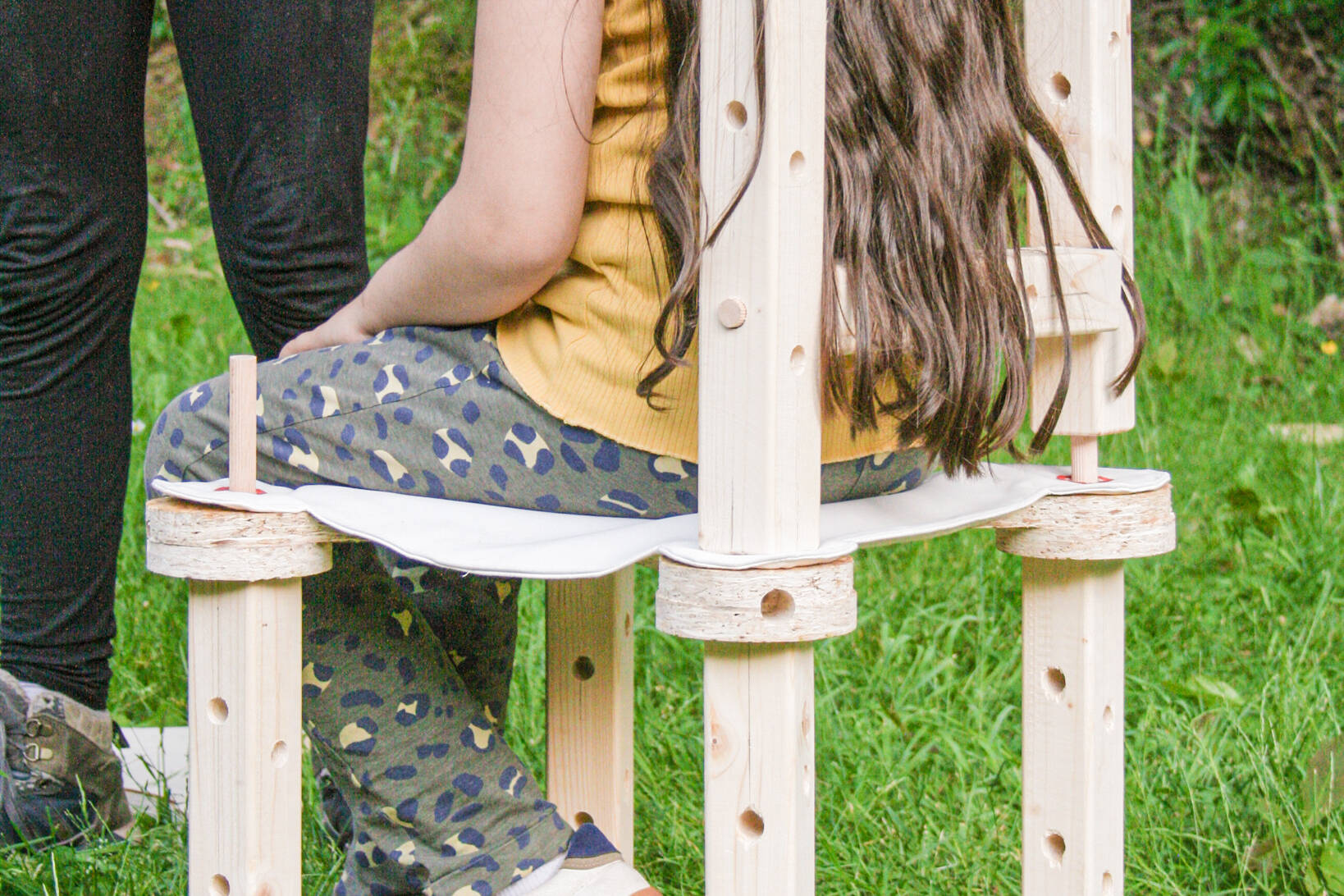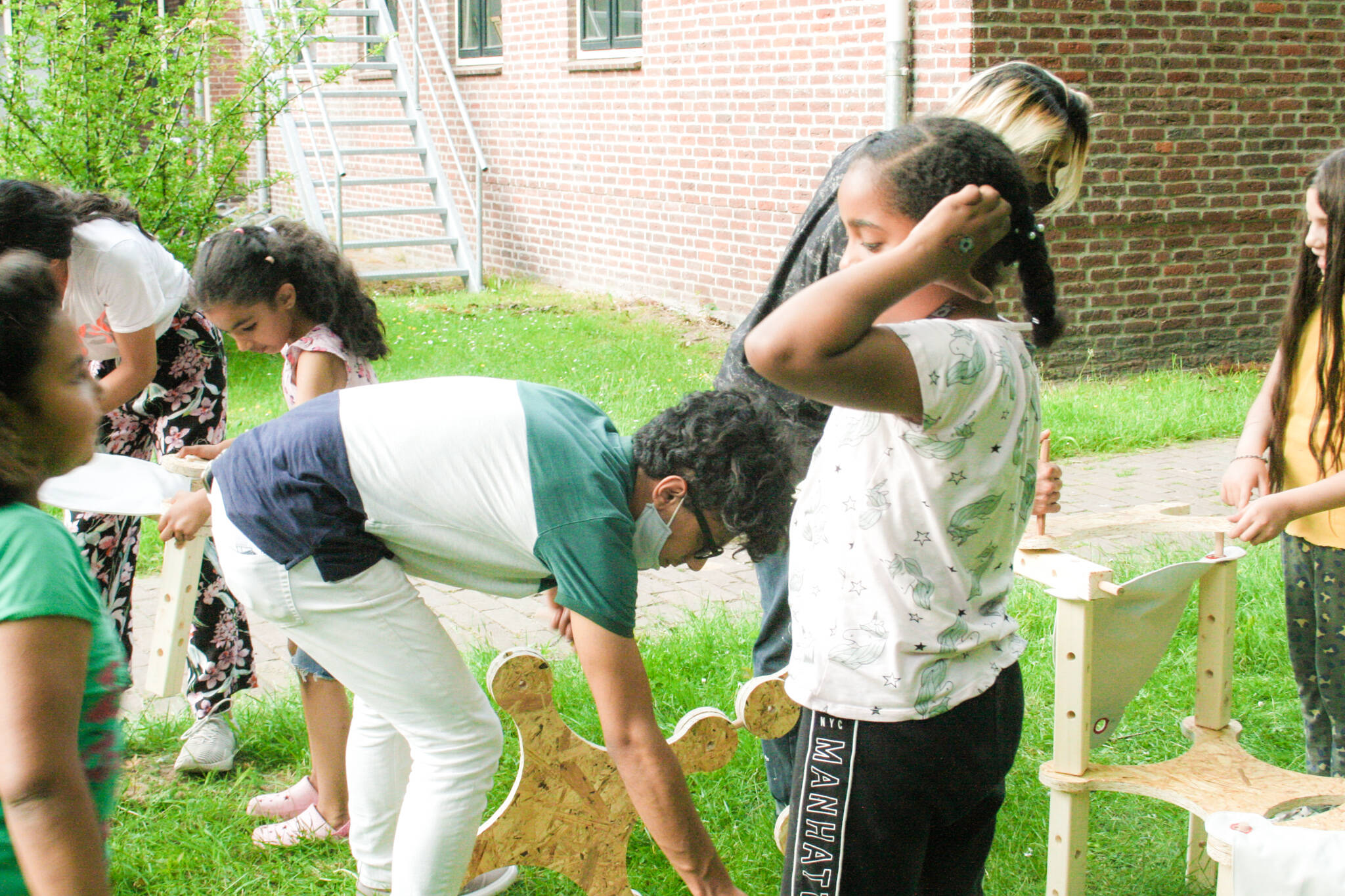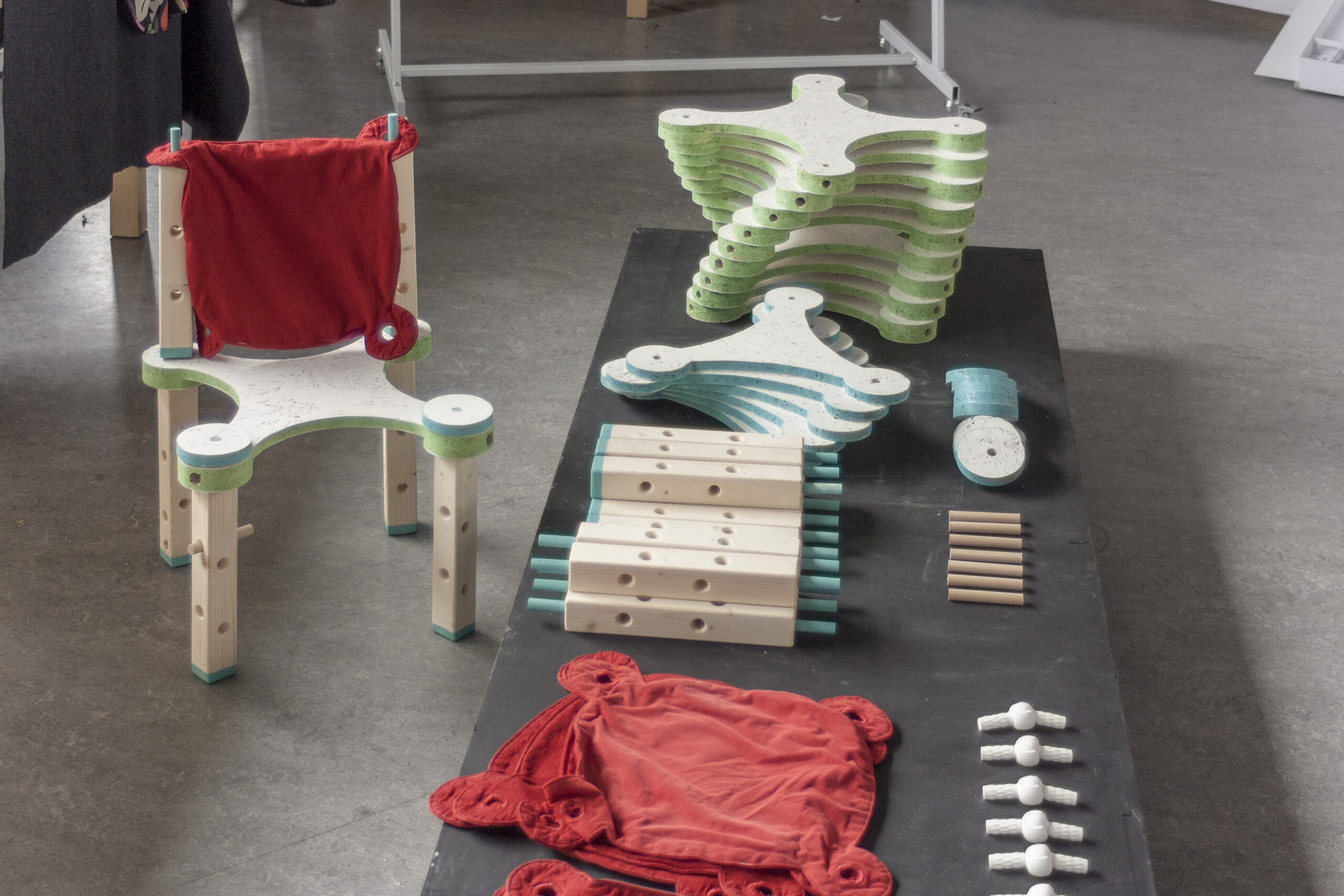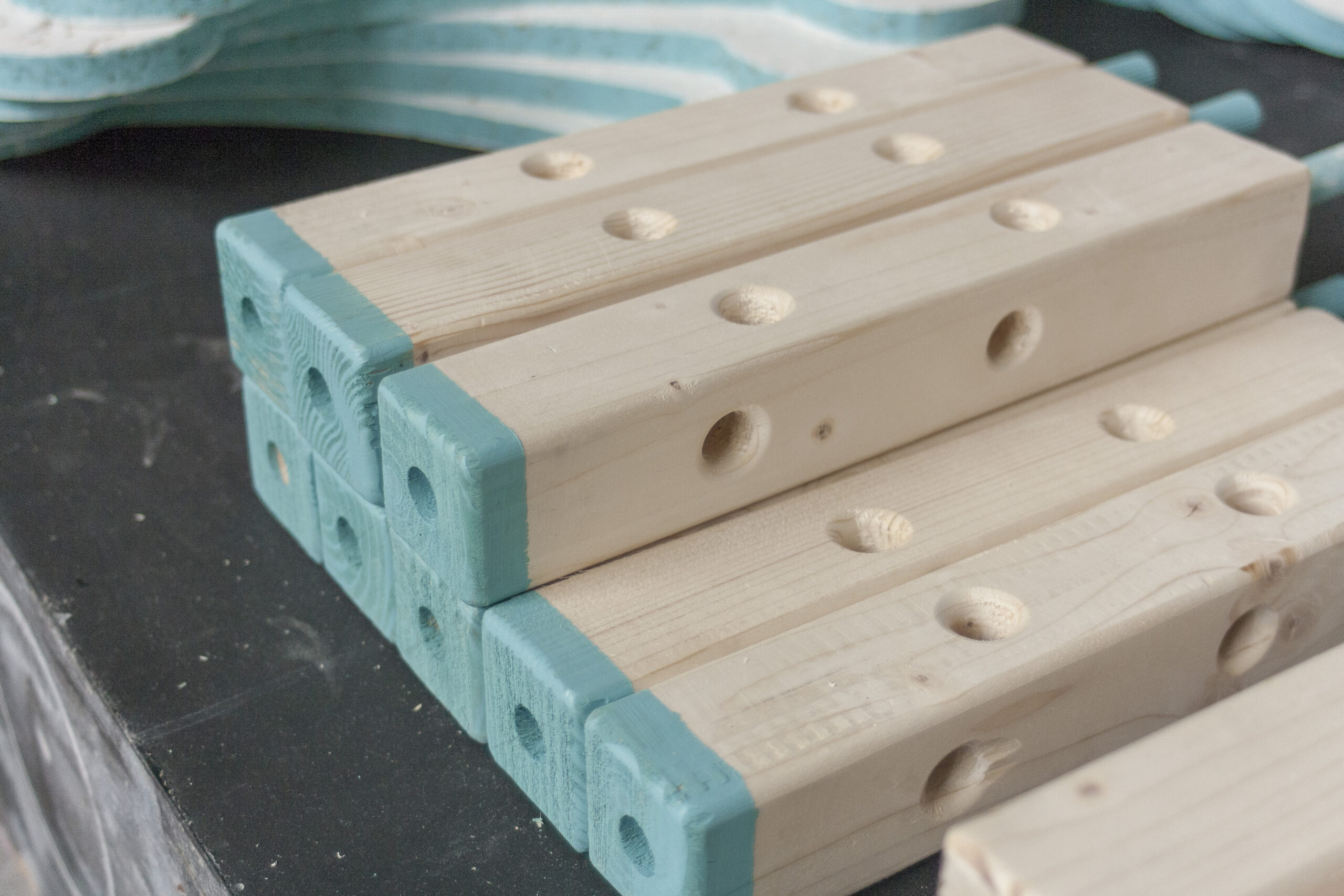STAPELLERS
Well-being / Activism / Didactic

Stapellers is a project that looks to organize a free didactic exercise for refugee children that live in the Dutch AZCs (Asylum Seeker Centers).
Year
2021
Expertise
User and Society
Business and Entrepreneurship
Technology and Realization
Creativity and Aesthetics
Institution
Design Academy Eindhoven
Team
Steven de Windt
Ashardeen Sultan
Built upon David D. Thornburg’s developmental learning theory, the Stapellers project endeavors to orchestrate free educational activities for refugee children residing in Dutch Asylum Seeker Centers (AZCs). The overarching objective of this initiative is to facilitate an environment in which refugee children, along with volunteers and teachers, can engage in open discussions about their situations and alleviate distress through escapism play.
At its core, Stapellers centers around the interaction between volunteers, teachers, and refugee children, embodying a human-centered design ethos aimed at enhancing the quality of life for children in AZCs. This collaborative effort involved multiple team members, with my role being the project leader and concept developer. My responsibilities encompassed delving into the theoretical foundations of didactic exercises and the logistical aspects of organizing such activities. Additionally, I played a key role in designing the primary visual language of the products and overseeing their construction in collaboration with the team.
A noteworthy aspect of the project was the invaluable feedback received from end-users. This input proved instrumental in refining the product, ensuring its alignment with the specific needs of the children and further emphasizing the project’s commitment to user-centric design.
01
The campfire is; a space where children are brought in contact with a volunteer/ teacher. However during this workshop we will call them the Storyteller. The idea behind this space is simple: “For Thousands of years, storytelling was a mechanism for teaching” (David D. Thornburg). This space is an environment where the Storyteller (volunteer/ teacher) can comunicate the lesson of the day in mataphoric way such as a story or a song.
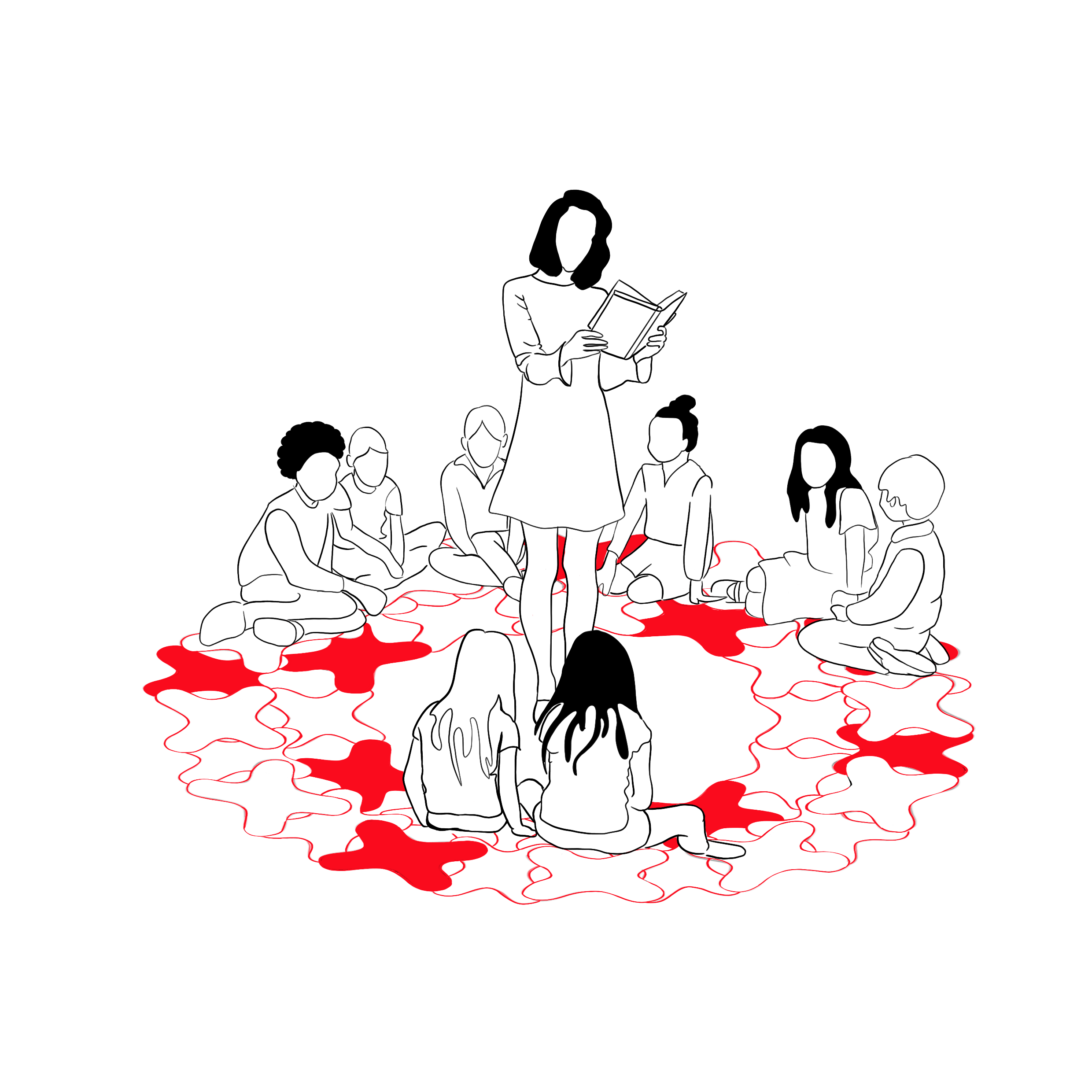
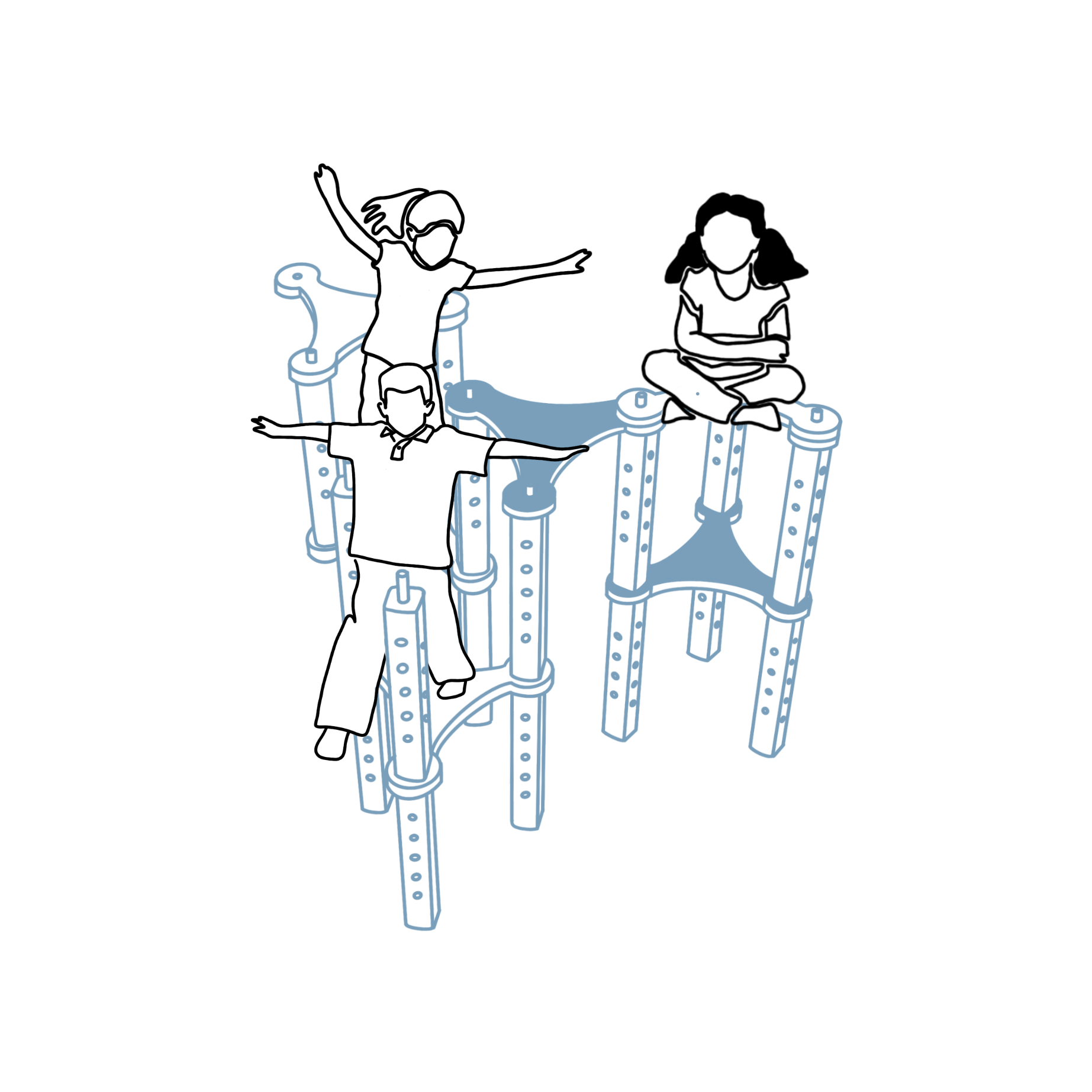
02
The Watering Hole is; a space were children are brought in contact with their peers. David D, Thornburg explains; “During these trips to the watering hole, people shared information with their neighbors- those within their own village, as well as those from neighboring villages and travelers on their way to or from a distant village. The watering hole became a place where we learned from our peers – where we shared the news of the day.” In other words, reaching out to other children that are walking the same path, will help understand their position and answer the doubts that the Storyteller might not have a responds to.
03
The Cave is; a space where the knowledge acquired during the campfire or/and the watering hole passes from externally accepted to internally held belief. In this environment, refugee children can look for the comfort of loneliness and calm. They can play on their own and assimilate their own thoughts.

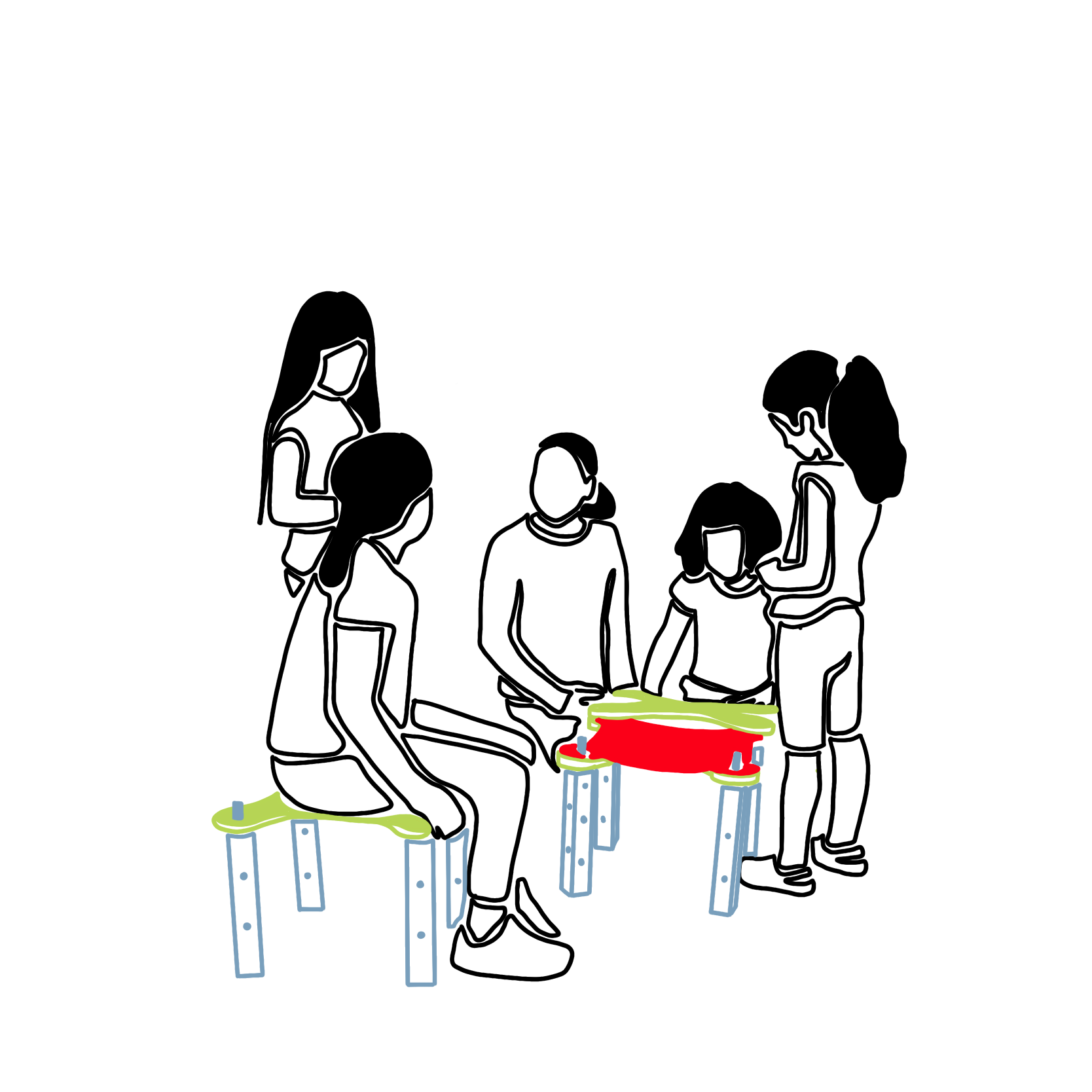
04
Free-play is; During the last phase of the exercise the children are left alone with the pieces and encouraged to create their own ideas with them.


